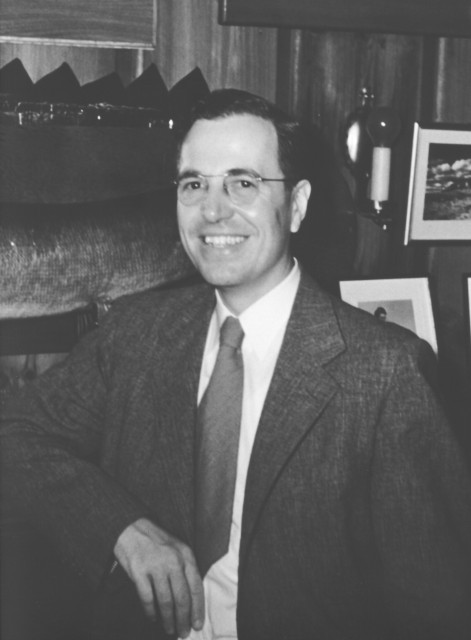Arthur Clay Cope
1909-1966

An organic chemist who was, for over 20 years, professor and head of the chemistry department at MIT, Cope is best known for the rearrangement of allylic systems that bears his name. It is the thermal [3,3]-sigmatropic rearrangement common with both acyclic and cyclic 1,5-dienes. He is also known for the Cope reaction, a synthetically useful method for introducing unsaturation through thermal eliminations of tertiary amine oxides. Among his other researches, especially on medium-sized rings, Cope showed that Willstätter's original synthesis of cyclooctatetraene from the alkaloid pseudopelletierine was correct, was first to resolve trans-cyclooctene to optical isomers, discovered transannular reactions and the proximity effect in such systems and developed the use of silver-olefin complexes for separations. Cope was exceptionally active in the American Chemical Society and served as its president (1961) and chairman of the board of directors (1960-66). This photo, taken in his study, illustrates his fondness for fishing.
Sponsor: Chung-yin Lai
E. F. Houghton Co.
Location in chemistry building: Second Floor; West Wing North Wall; Sequence 2
Source: John D. Roberts